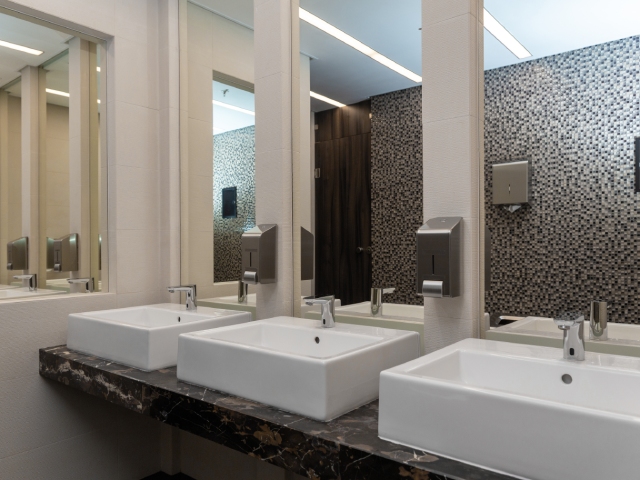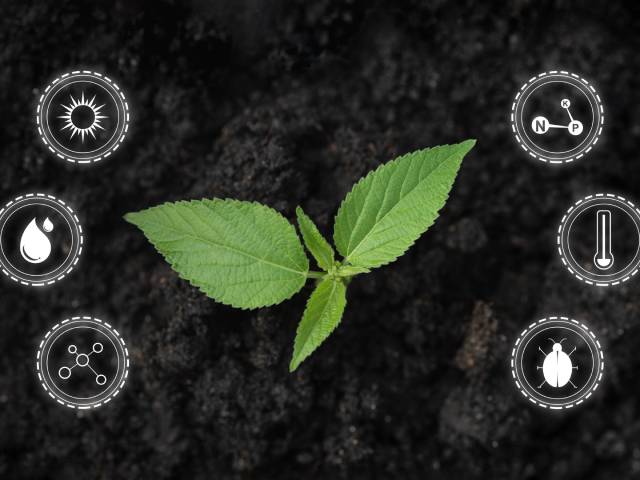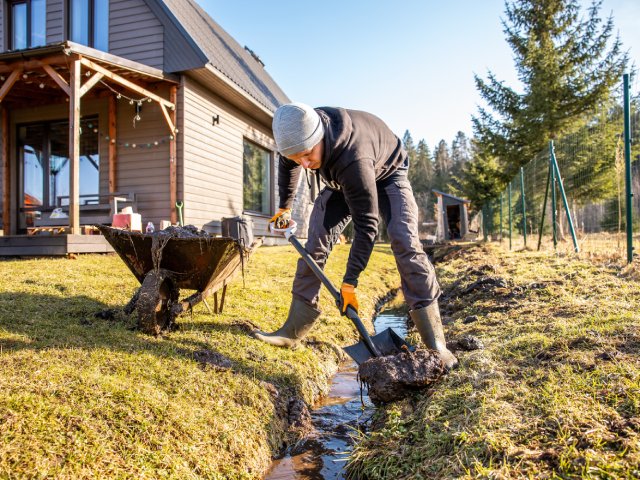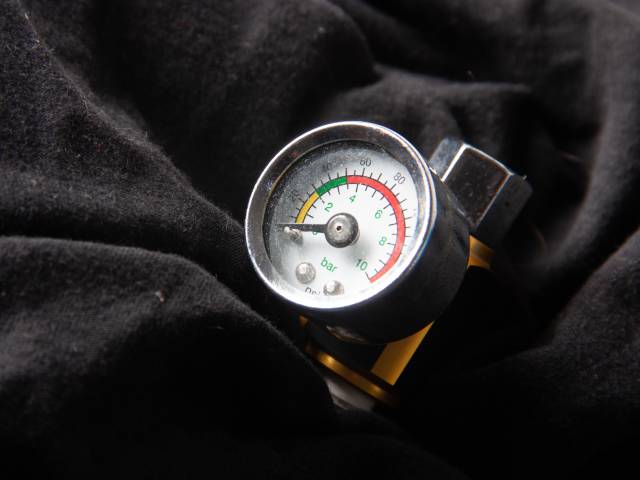

Water mains carry potable water from a water treatment plant to homes, businesses, and other structures. Licensed plumbers follow careful procedures when installing water mains to ensure the safety and efficiency of the water-delivery system.
Water mains are one of the most important components of a municipal water system. Continue reading to learn about the stages of the water main installation process.
At the beginning of the infrastructure project, various people, such as water resource engineers and licensed master plumbers, collaborate to design an effective system. They determine the appropriate pipe size, location, and materials. The design phase includes obtaining necessary permits and approvals from local authorities.
The team will also identify potential environmental concerns or obstacles impacting the installation process. The city will then inform the public about water main construction before breaking ground so residents and businesses can prepare.
The next stage of the water main installation process is excavation. This stage involves digging a trench along the designated water main route, which the crew must do carefully to avoid damaging existing underground utilities or structures.
The trench is typically several feet deep. It’s also wide enough to accommodate the water main and other components, such as valves and fittings.
The third stage involves laying the water main in the trench. The water main and fittings are typically PVC, metal, or concrete. The main is available in various sizes to meet the community’s water supply needs. The crew connects the appropriate water main to the existing water supply system and installs the necessary fittings and valves to control the water flow.
Once the water main is installed, the construction crew backfills the trench with soil, compacting the soil in layers to support and protect the pipe. Workers will also restore the ground surface to its original state. This process includes replacing landscaping, pavement, and other structures removed during excavation.
After the trench is backfilled, the city tests the water main. This stage involves filling the water main with water and pressurizing it to ensure it functions properly. If there are any defects, the installation crew must repair them before putting the water main into service.
A final inspection determines that the water main is installed according to specifications and meets legal standards. After this, workers put it into service to provide water to the community.
24World Media does not take any responsibility of the information you see on this page. The content this page contains is from independent third-party content provider. If you have any concerns regarding the content, please free to write us here: contact@24worldmedia.com

Tips for Improving the Sustainability of Your Shipments

Common Home Repair Tools To Have Available

Bathroom Essentials for New Commercial Restrooms

Strategies To Increase Sustainability on Your Farm

Top Machines Every Pharmaceutical Facility Should Invest In

How To Choose the Most Appropriate Work Gloves

Why You Need To Improve Drainage on Your Property

Essential Tips To Shield Your Car Windows From Damage

Warehouse Optimization Tips To Improve Performance

How High-Humidity Climates Affect Pressure Gauges